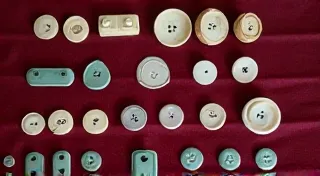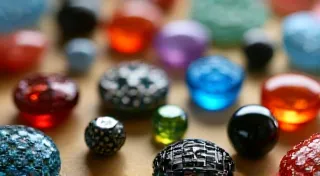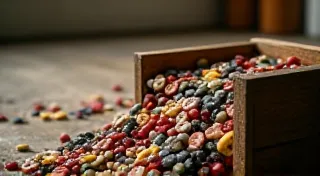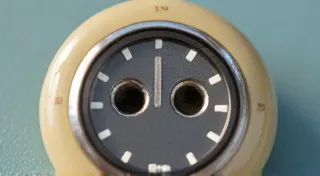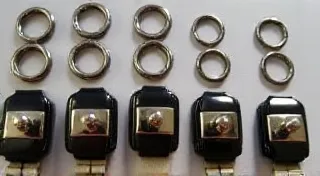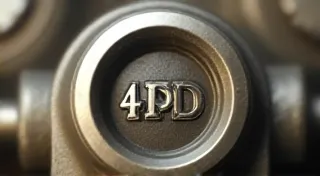Military Buttons: A Collector's Guide to Uniform Accoutrements
Military buttons represent a fascinating niche within the broader world of antique button collecting. More than just fasteners, these small metal discs offer a window into military history, regimental identities, and the evolution of uniform design. Understanding military buttons requires a deeper dive than simply admiring their appearance; it involves recognizing markings, understanding their historical context, and appreciating their significance in identifying uniforms and regiments.
The Historical Significance of Military Buttons
The use of buttons on military uniforms dates back to the 17th century, initially as a marker of rank and status. Early military buttons were often quite ornate, reflecting the wealth and power of the nation they represented. As uniform regulations evolved, so too did the buttons – becoming more standardized and often reflecting the specific regiment or unit. The materials used varied greatly, from brass and pewter to silver and gold, with the latter reserved for officers and elite units.
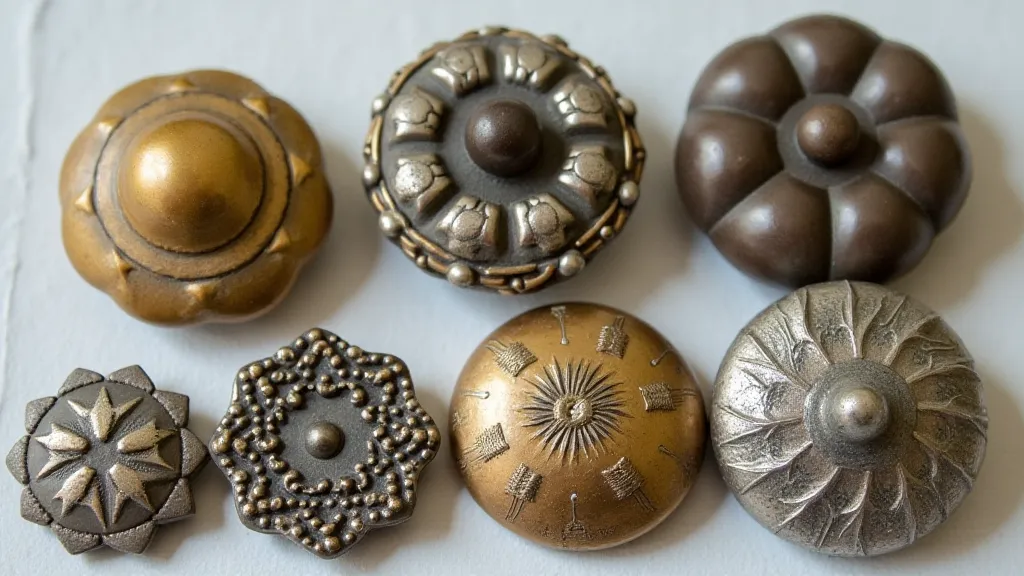
Identifying Markings and Manufacturers
A crucial skill for military button collectors is the ability to identify markings. These markings can provide invaluable information about the manufacturer, the regiment to which the button belonged, and sometimes even the era in which it was produced. Common markings include:
- Manufacturer's Marks: Many button manufacturers stamped their names or initials onto the back of the buttons. These markings can help determine the button's origin and potentially its value. Researching known button manufacturers is a valuable pursuit for serious collectors.
- Regimental Devices: Often, buttons feature a crest, eagle, or other emblem representing the specific regiment. Recognizing these symbols is vital for identifying the uniform to which the button originally belonged.
- Date Letters/Codes: Some buttons feature date letters or codes, indicating the year the uniform was issued. This helps pinpoint the button's timeframe.
- Patent Numbers: Particularly in the 19th and 20th centuries, buttons were often patented, and these patent numbers can be found on the back.
Common Button Materials and Their Value
The material a military button is made from significantly impacts its value. Here's a general overview:
- Pewter: Relatively common and often found on earlier uniforms. Generally less valuable than other materials, unless they have unique markings or are associated with a rare regiment.
- Brass: A widely used material for military buttons throughout the 19th and 20th centuries. Value varies based on markings, rarity, and condition.
- Copper: Less common than brass but can be found on certain uniforms.
- Silver: Typically reserved for officers or elite units, silver buttons are considerably more valuable, especially if well-preserved and marked.
- Gold: The rarest and most valuable type, gold buttons are highly prized by collectors.
Condition and Rarity
As with any collectible, the condition of a military button significantly impacts its value. Buttons that are bright, clean, and free of damage command higher prices. Rarity also plays a critical role. Buttons associated with obscure regiments or those with unique markings are much sought after by collectors.
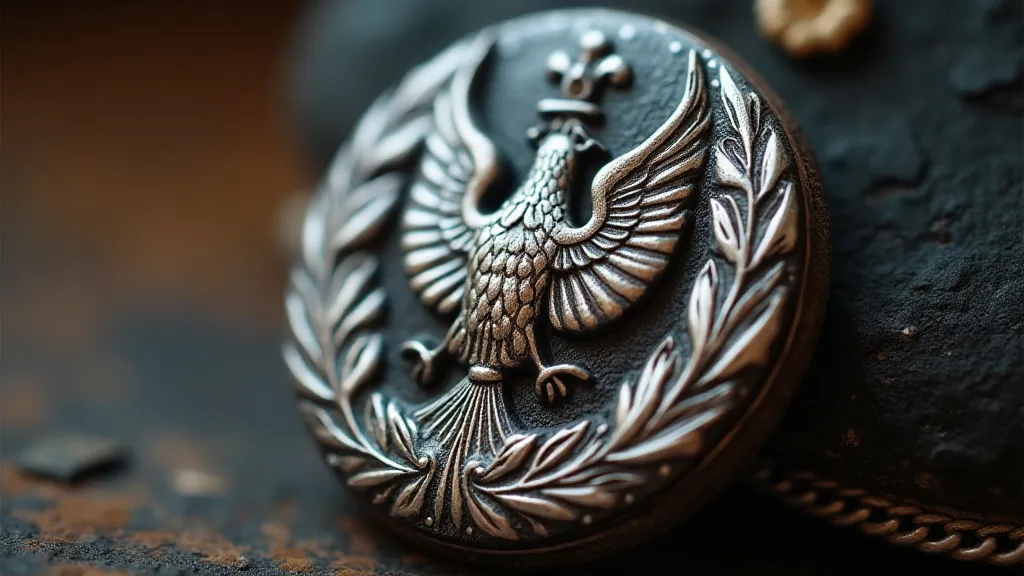
Resources for Military Button Collectors
Several resources can assist in identifying and valuing military buttons:
- Reference Books: Numerous books catalog military buttons by era, regiment, and manufacturer.
- Online Forums and Communities: Online forums dedicated to button collecting provide a platform for sharing information and seeking expert opinions.
- Museums and Historical Societies: Museums and historical societies often have collections of military buttons and can offer valuable insights.
Beyond the Button: Uniform Identification
The ultimate goal for many military button collectors is to connect the button to the uniform from which it originated. This requires careful research and an understanding of military history and uniform design. Even a single button can unlock a fascinating narrative about a soldier's service and the regiment to which they belonged.
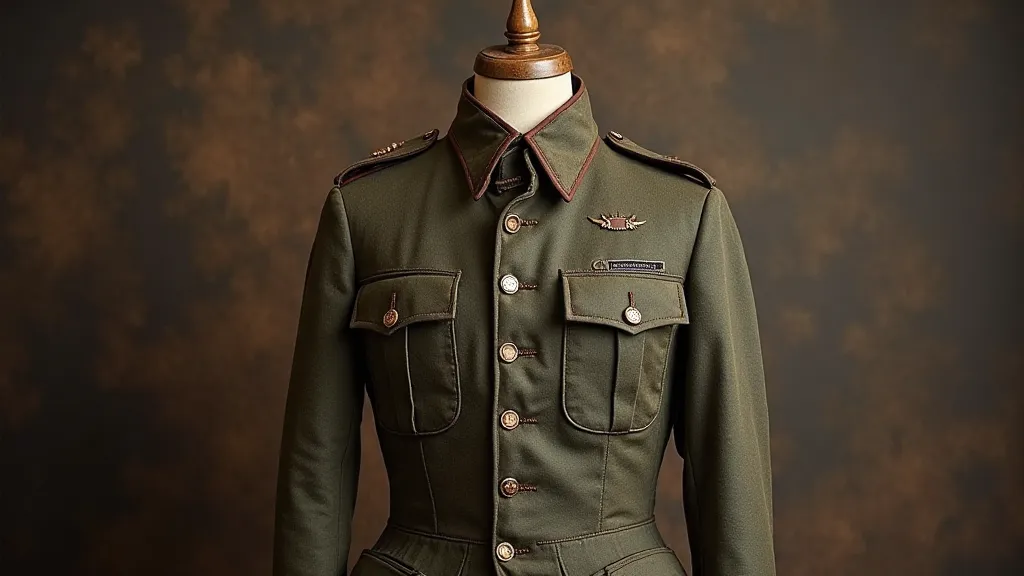
Collecting military buttons is a rewarding pursuit that combines historical appreciation with the thrill of the hunt. By honing your identification skills, researching military history, and connecting with fellow collectors, you can unlock the rich and fascinating world of military button collecting.
